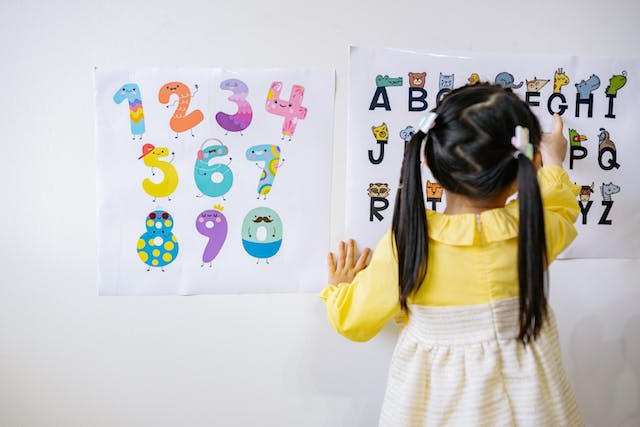Introduction:
As an experienced child psychologist with two decades of expertise in infant development and safety, I understand the paramount importance of creating a safe sleep environment for your precious newborn.
Providing a secure sleeping space is crucial to promote healthy growth and minimize the risk of sleep-related incidents.
In this article, I will share valuable insights and practical tips to help you ensure a safe sleep environment for your baby.
Let’s dive into the key measures that will give you peace of mind while your little one slumbers.
Choose the Right Crib and Mattress:
Selecting a safe crib and mattress is the foundation of a secure sleep environment. Follow these guidelines:
Choose a crib that meets current safety standards, with slats spaced no more than 2.4 inches apart to prevent the baby’s head from getting trapped.
Ensure the crib’s structure is sturdy, without loose or missing parts.
Opt for a firm mattress that fits snugly within the crib, with no gaps around the edges to avoid entrapment hazards.
Keep the Sleep Area Clear:
Maintain a clutter-free sleep area to minimize potential risks:
Remove stuffed animals, pillows, and excessive bedding from the crib. A fitted sheet is sufficient to cover the mattress.
Avoid using crib bumpers, as they can pose suffocation or entanglement hazards.
Keep cords, curtains, and blinds away from the crib to prevent accidental strangulation.
Positioning and Swaddling:
Proper positioning and swaddling techniques can ensure your baby’s safety and comfort during sleep:
Always place your baby on their back to sleep. This reduces the risk of sudden infant death syndrome (SIDS).
Avoid loose blankets that can cover the baby’s face. Instead, consider using a lightweight, breathable swaddle or a sleep sack.
Maintain Optimal Sleep Temperature:
Maintaining a suitable sleep environment temperature is vital for your baby’s safety and comfort:
Dress your baby in appropriate sleepwear suitable for the room temperature. A good rule of thumb is to dress them in one more layer than you would wear.
Ensure the room is well-ventilated and kept at a comfortable temperature, usually between 68-72°F (20-22°C).
Avoid overheating your baby, as it increases the risk of SIDS.
Close Monitoring and Supervision:
Keep a watchful eye on your baby during sleep to ensure their well-being:
Consider placing your baby’s crib in your bedroom for the first six to twelve months. This proximity allows for easier monitoring and reduces the risk of SIDS.
Use a baby monitor with video and audio capabilities to keep tabs on your sleeping baby.
Conclusion:
Creating a safe sleep environment is of utmost importance in promoting the well-being of your newborn or infant.
By following these expert tips, you can ensure your baby’s sleep space is secure and conducive to healthy rest.
Remember, maintaining a safe sleep environment is an ongoing process that requires vigilance and attention to detail.
With your love, care, and these guidelines, you can provide your little one with the safest and most peaceful sleep environment possible.
![]()












